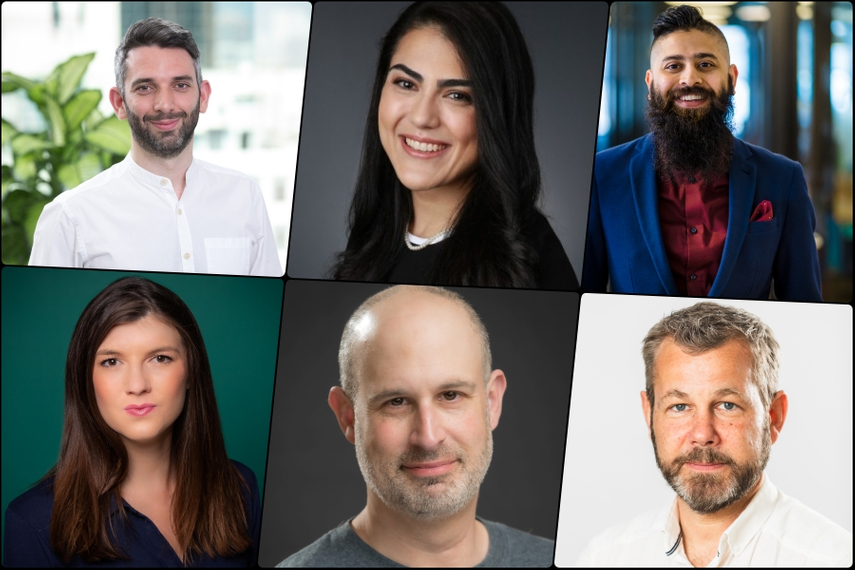
Please sign in or register
Existing users sign in here
Having trouble signing in?
Contact Customer Support at
[email protected]
or call+852 3175 1913
A recent report by Adalytics exposed that many ads for Fortune 500 brands—including Amazon and Apple—were placed alongside harmful content. Campaign speaks to APAC leaders about the need for a nuanced approach that blends technology with human expertise.

Contact Customer Support at
[email protected]
or call+852 3175 1913
Top news, insights and analysis every weekday
Sign up for Campaign Bulletins
DM9, part of the DDB network, faces fallout over its Grand Prix-winning campaign for Consul Appliances, with Chief Creative Officer Icaro Doria stepping down after allegations of AI manipulation and unauthorised footage usage.
Women sought refuge in the Empower Café when the Cannes Lions safe zones were not open.
Leaders from the Media Network share insights from the jury room and how data and tech are driving more innovative media solutions.
Caroline Foster Kenny and Stephanie Prager are the new global client presidents.